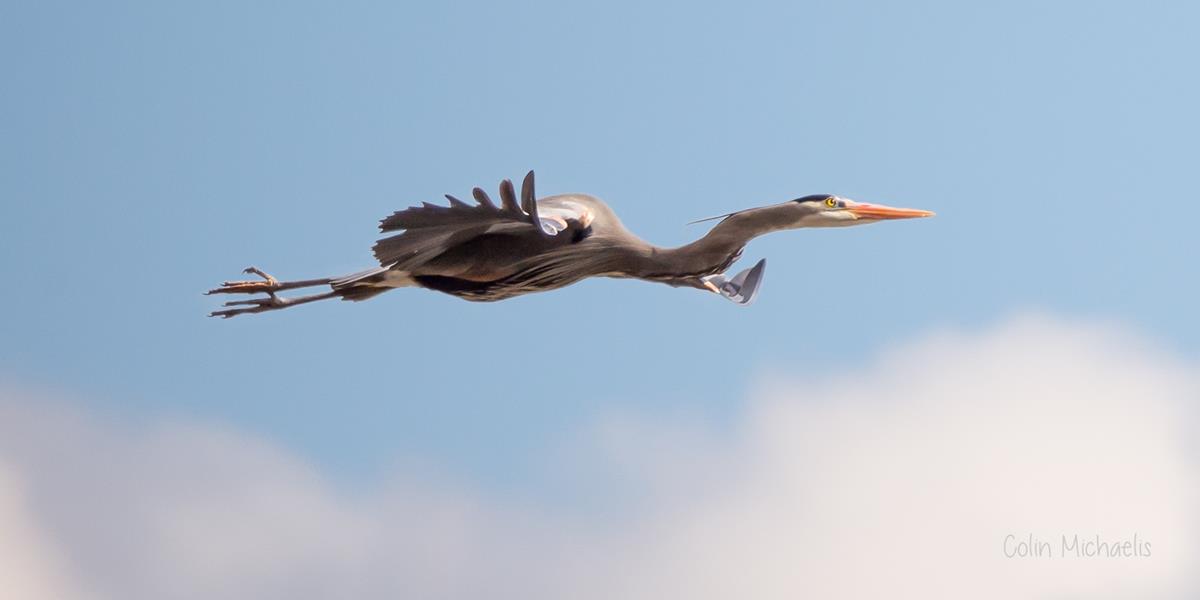Generally when I take wildlife shots, I expect the style to be more of a documentary approach. Now, even documentary shots have a number of artistic elements. We focus on composition, we think a lot about the background and isolation of the subject and so on. We are still creating art, not just capturing pixels. Like many other photographers, I wonder about the oft used comment “Nice capture” which is particularly common with wildlife shots. It seems almost as if the camera has done all the work, and it was a passive activity on the part of the photographer. It seems to imply something quite different from the creative work that is being done It understates the active creative thought, preparation and work that takes place.
Having said all that, there is often something more documentary than fine art in style when taking pictures of animals or birds. We are often intent on getting a sharp eye – preferably with a catch-light too; an appropriate depth of field; good lighting – particularly on the head/face; and we try hard to achieve an unobstructed view of the subject.
However, it is not always this way, even with wildlife photography. Sometimes we want blur – to indicate motion; or a partial shot of the animal that may draw more attention to lines or colors; or maybe we place more emphasis on the context than detail of the animal – imagine for example a small red cardinal in a large snow-covered tree in winter. I don’t think there is a definitive line between wildlife photography that follows a more documentary approach and that which is more akin to fine art photography. But there is no doubt in my mind that stylistically, some wildlife shots lean more to just documenting the subject and some are more aimed at achieving an artistic goal.
This leads me to the question – do we decide in advance which style we are aiming for? Are we intentional about it?
The surprise
I would like to say that all the pictures I create are pre-visualized, thought out and planned. I would like to say that, but is far from true for me, especially with wildlife. There is always some element of surprise.
And then there are the times when the level of astonishment is much greater – when we are quite taken aback by the scene that unfolds and the resulting images. That happened recently with the shot below.
“On a mission” – A Great Blue Heron in Lake County, Ilinois.
The back story
I went down to one of the rookeries in our county recently. I love this rookery because it has an abundance (maybe plethora would be a better word) of birds nesting – mostly Great Blue Herons, Egrets and Cormorants and among them all a pair of Bald Eagles. My goal on this particular day was to see if I could get some good sightings of the eagles, but due to the flooding we were having, I could barely see the eyrie (or aerie if you prefer) from dry ground. Only the top of one of the eagle parent’s heads was visible.
So instead I tried to focus on shots of the GBHs with nest-building branches in their beaks. In other words, documentary shots. The birds were at the height of nest-building and so every few minutes, a heron would return with a twig or small branch in its beak.
When I saw this picture I was so surprised. I was surprised because it was not like many of the other pictures at all. There is no stick as you may have noticed if you are really observant. But that’s not it. Straight out of the camera this picture had a stylized look, almost cartoonish in a way. In fact there is minimal processing done to this picture. When I look at this picture, as I have for about a month now on my desktop background, I get drawn to something quite different from just a clear capture of a bird in flight. There are elements that catch my eye and my imagination in the scene as a whole. There are so many things about the bird’s stance and its context that speak to me way beyond the purely documentary.
By the way, this picture may not catch you in the same way it does me – and that is fine, but I am sure you have your own examples too. Does this kind of surprising result happen to you sometimes? Can you plan these kinds of shot, or are you like me, all too often astonished by the results.
Here’s to many more pleasant surprises.
